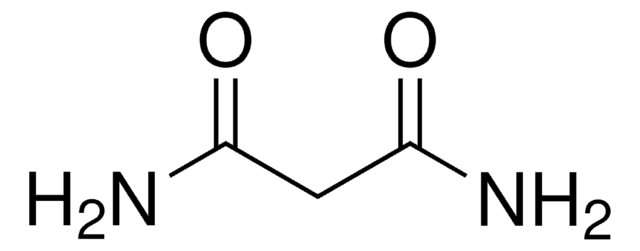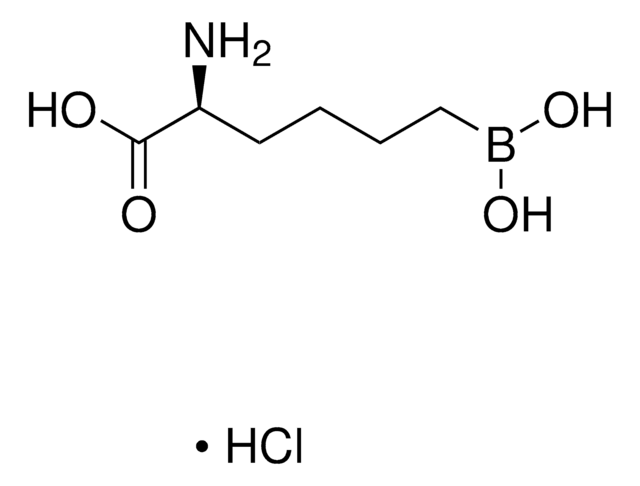D3648
Diamide
Synonim(y):
1,1′-Azobis(N,N-dimethylformamide), N,N,N′,N′-Tetramethylazodicarboxamide, Azodicarboxylic acid bis(dimethylamide), Diazenedicarboxylic acid bis(N,N-dimethylamide), TMAD
About This Item
Polecane produkty
Próba
≥98% (TLC)
Poziom jakości
Postać
powder
mp
113-115 °C
rozpuszczalność
water: 19.60-21.00 mg/mL, clear to slightly hazy, orange
temp. przechowywania
−20°C
ciąg SMILES
CN(C)C(=O)\N=N\C(=O)N(C)C
InChI
1S/C6H12N4O2/c1-9(2)5(11)7-8-6(12)10(3)4/h1-4H3/b8-7+
Klucz InChI
VLSDXINSOMDCBK-BQYQJAHWSA-N
Szukasz podobnych produktów? Odwiedź Przewodnik dotyczący porównywania produktów
Zastosowanie
Kod klasy składowania
11 - Combustible Solids
Klasa zagrożenia wodnego (WGK)
WGK 3
Temperatura zapłonu (°F)
Not applicable
Temperatura zapłonu (°C)
Not applicable
Środki ochrony indywidualnej
Eyeshields, Gloves, type N95 (US)
Certyfikaty analizy (CoA)
Poszukaj Certyfikaty analizy (CoA), wpisując numer partii/serii produktów. Numery serii i partii można znaleźć na etykiecie produktu po słowach „seria” lub „partia”.
Masz już ten produkt?
Dokumenty związane z niedawno zakupionymi produktami zostały zamieszczone w Bibliotece dokumentów.
Klienci oglądali również te produkty
Nasz zespół naukowców ma doświadczenie we wszystkich obszarach badań, w tym w naukach przyrodniczych, materiałoznawstwie, syntezie chemicznej, chromatografii, analityce i wielu innych dziedzinach.
Skontaktuj się z zespołem ds. pomocy technicznej










